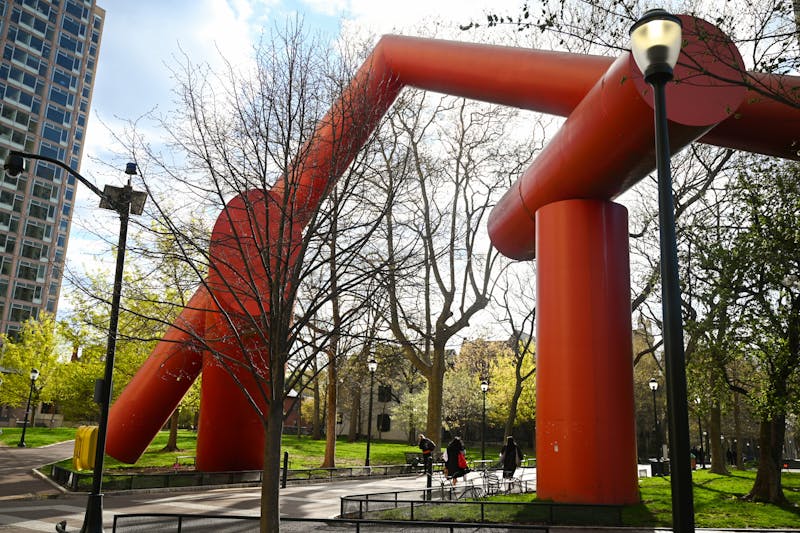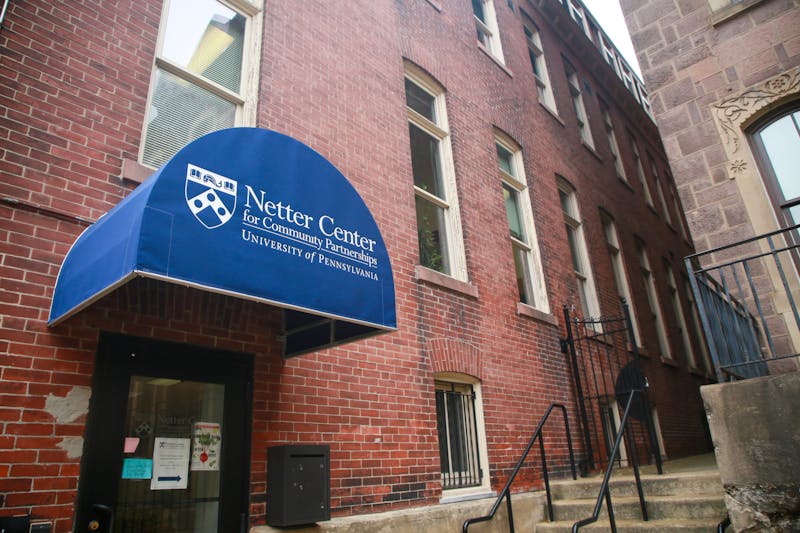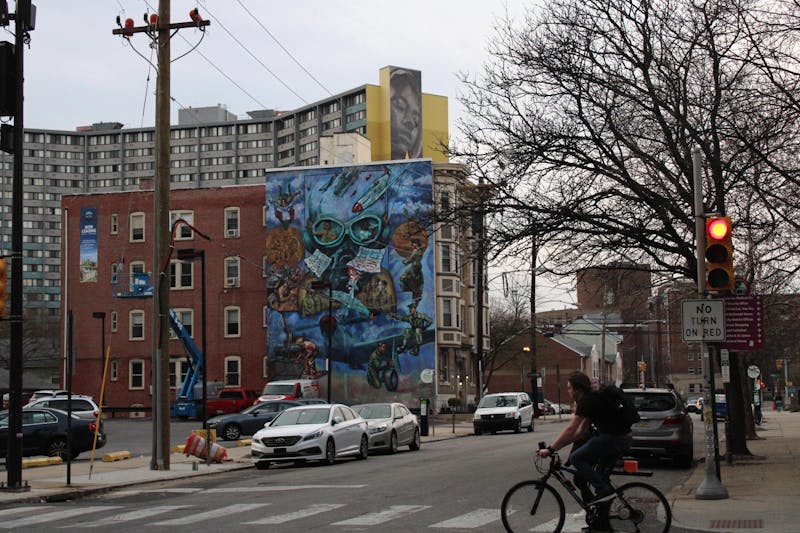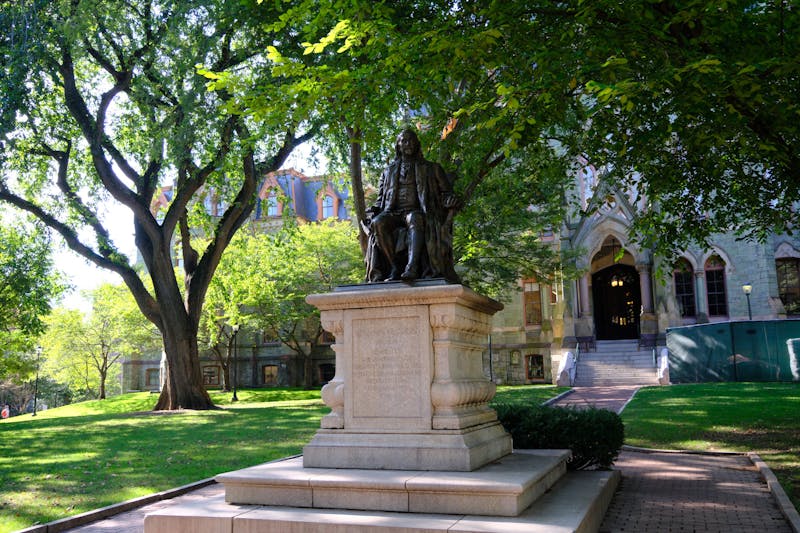
During New Student Orientation, I joined hundreds of Engineering first-years in Zellerbach Theatre, eager to hear from University faculty. It was an exciting day, filled with anticipation as we looked forward to the journey ahead. As representatives spoke about the University’s achievements, one statement stood out to me: Penn was described as “the best urban campus in the world” because the University’s world-class buildings and facilities blend seamlessly with the shops, businesses, and culture of Philadelphia.
This claim immediately caught my attention, as well as the attention of those sitting around me. The University’s campus is undeniably impressive — rigorously maintained, with architectural gems like the Fisher Fine Arts Library and the Quad. It’s an exciting place to be, and there’s something special about attending university in a dynamic, historic city like Philadelphia. But as someone who was raised and educated in London, I couldn’t help but reflect on how the University’s relationship with the city compares to other urban universities.
Walking out of the presentation, I wondered what I would consider a good urban campus.
An urban campus thrives on the diversity of its student body. It fosters strong connections with industry, offering students ample networking opportunities and real-world experiences. Additionally, it needs easy access to necessities like medical facilities and reliable transportation options, combined with comfortable accommodations to enhance student life. Most importantly, an urban campus should cultivate a strong connection with the broader city community.
The University gets a lot of things right. Strolling down Locust Walk, it’s easy to see why so many students love this campus. The buildings blend modern and historic architecture, and the green spaces offer a much-needed escape in the middle of a bustling city. Everything you need—libraries, dining halls, gyms, and academic buildings—is within a short walk, and the proximity to Center City means students have easy access to some of Philadelphia’s best museums, restaurants, and cultural sites.
However, whilst the University’s infrastructure is impressive, there’s room for deeper integration with the surrounding city.
London’s universities offer a different type of urban campus. Colleges like University College London, King’s College London, and the London School of Economics are not confined to one defined space. Instead, they are spread across the city, with academic buildings, libraries, and student halls interwoven with the fabric of the city. There’s no bubble to retreat to—students are indisputably part of London, navigating it daily, and their education naturally incorporates the diverse environments and people around them.
According to Mahika Mahesh, a first year at UCL, students are actively encouraged to use resources beyond the university, from museums and galleries to other universities’ libraries. This type of integration enriches the learning experience, connecting students with the real world beyond the university walls.
Philadelphia is not as large a city as London or New York, but it has its own rich history, culture, and diversity that the University can tap into. Integrating Philadelphia into the University’s educational framework, similar to UCL or Columbia University, will help to enhance the learning experience. Students at those institutions regularly visit museums and cultural institutions, often for free, as part of their learning experience, and also create an ongoing working relationship between their affinity groups and similar groups across the city. Integrating Penn more fully into Philadelphia, by spreading out its presence and embedding learning experiences within the city’s neighborhoods, would allow students to not just coexist with the city but actively participate in its cultural and social fabric.
For the University to truly earn the title of the “best urban campus,” it should look to deepen its engagement with the broader Philadelphia community in a way that creates an impact. Programs like the Netter Center for Community Partnerships and the Penn Civic Scholars Program are great examples of how the University connects students with local communities — particularly schools — and real-world challenges, but there’s room to play an even greater, long-term role.
Other top institutions, such as Imperial College London and King’s College London, have made notable investments in local education, like founding specialized mathematics schools for high school students, with impressive results — over 30% of their graduates go on to attend Oxford or Cambridge. While the University has made some investments in Philadelphia’s communities, such as its involvement in the Penn Alexander School and other elementary schools, these efforts need to be expanded and taken more seriously. The University should increase its investment in initiatives that support more of Philadelphia’s students and contribute to the city’s future, to match and surpass its international peers.
The University needs to further embrace Philadelphia’s resources, culture, and communities. That way, we wouldn’t just claim to be the best urban campus — we would demonstrate it through lasting contributions to our urban home.
ELO ESALOMI is an Engineering first year from London. Her email is eloe@seas.upenn.edu.
The Daily Pennsylvanian is an independent, student-run newspaper. Please consider making a donation to support the coverage that shapes the University. Your generosity ensures a future of strong journalism at Penn.
Donate












